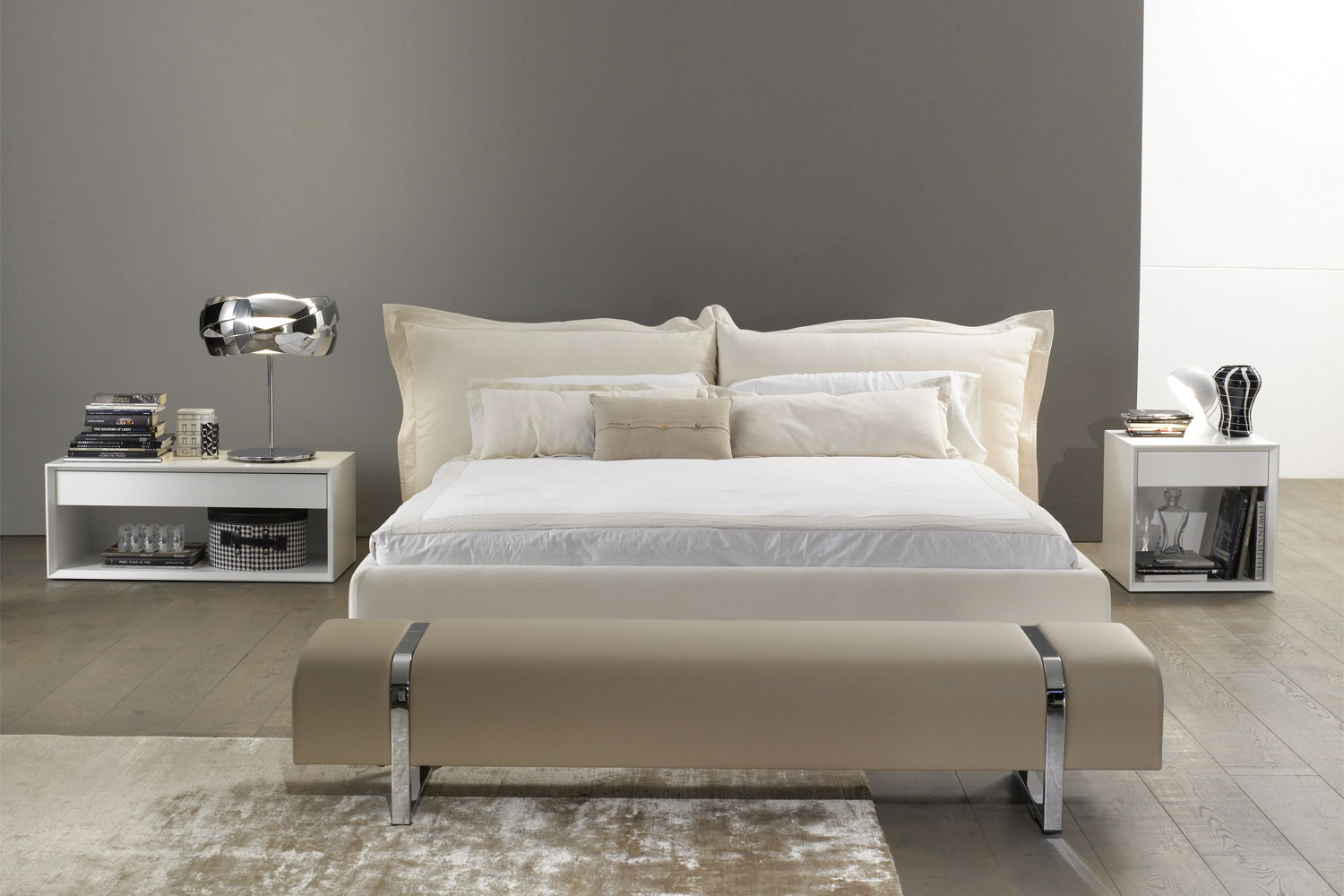With winter now in full force and temperatures at the lower end of the scale, many pool-owners are likely steering clear of their outdoor swimming areas
It’s no secret that chilly waters aren’t particularly inviting and that pools tend to get less attention until the mercury begins rising again.
And it’s a shame, because it means that a massive investment like a pool goes largely untouched for almost half a year.
Thankfully, there are a number of ways to keep a pool heated and swimmable over the cooler months – and not all of them have to break the bank.
Below, co-founder and creative director of Landart Landscapes, Matt Leacy, shares his top tips for keeping a pool warmed-up and swim-ready over winter.
Warm it up
“There are three main types of pool heaters – electric, gas and solar,” says Matt. “All have their advantages and drawbacks, depending on your level of intended usage and how low the temperature of the water naturally gets.”
“Gas is a popular method of pool-heating. This is the quickest and most controllable method of heating. If you are having a party tomorrow, for example, you can crank up the heating and have the pool ready to go by the time guests arrive, but it’s also the most expensive and least environmentally-friendly,” explains Matt.
“As such, many consumers are leaning towards alternative options for pool-heating – solar and electric heat pumps being the main choices,” he says.
“Solar pool-heaters utilise the sun to naturally warm the pool,” says Matt. “Solar generally gets you an additional one to two months of swimming beyond the normal swimming months. It is very weather dependent but usually maintains a beautiful comfortable temperature throughout the warmer months.”
“It is best to have a north facing roof to run all of the solar tubing on. That way, you can maximise the hours it can be operating through the day. Over the long-term, solar is the most cost-efficient option,” says Matt.
“Electric heat pumps have come a long way. They work well in terms of maintaining a consistent temperature,” says Matt. “However, you can’t turn them on overnight and expect the pool to be heated the next day. They need to build a temperature gradually and then maintain it.
“Solar and electric heat pumps are more cost and energy efficient than gas heaters,” adds Matt.
“Also, note that while gas-heaters are not weather-dependent, you will need to have a gas line to the property large enough to supply the gas needed to heat the pool. This can often mean a whole new line,” says Matt.
“Ultimately, the right heating method will come down to the way you want to use your pool throughout the year and how much you are willing to spend to get the pool to the temperature you want,” concludes Matt.
Cover it up
“Whatever pool-heater you choose, it’s always worth using a pool cover as well,” says Matt.
“If you want to maintain an even temperature across days and weeks – and minimise your energy use – then I would recommend a pool cover to insulate the water and hold the temperature overnight. They can be quite unsightly, so we usually design the pool surrounds to enable the pool cover to be hidden when not in use,” says Matt.
“Pool covers are environmentally-friendly and they cost very little bar the initial purchase,” adds Matt. “They also reduce evaporation and lessen chemical requirements.”
Block it out
“Aside from what’s going on directly in the pool, you can work with your surrounds to naturally prevent heat loss as well,” says Matt.
“You can create wind blocks in different areas around your backyard, which will help to reduce the wind hitting the water’s surface and cooling it down,” Matt explains.
“Think low hedges, partial and solid fences and structures – they don’t have to be big and bold and compromise your backyard aesthetic, but they can help to shield the pool from wind and flying debris. And as an added bonus, they’ll give you some privacy as well.
For more information





















